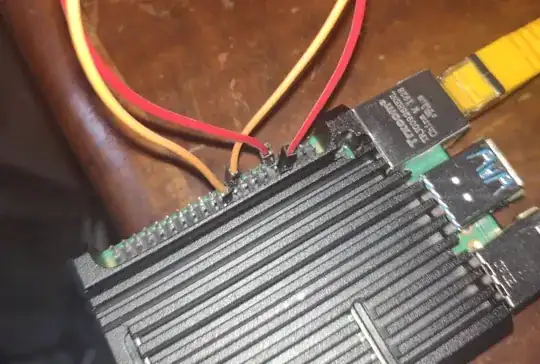i am trying to connect two devices via UART to a raspberry 4. one being a stepper driver (i dont need much throughput), one being an image sensor (the higher the baud rate is i can get, the better). both are currently connected via USB-to-serial dongles, which i want to get rid of to get a better fit with the box it's housed in. i would be very happy if i could these to the pi using the 40-pin-header instead.
i have gone through what little documentation i could find, my config.txt looks like this (only the last two added by me):
dtparam=audio=on
[pi4]
dtoverlay=vc4-fkms-v3d
max_framebuffers=2
[all]
#enable_uart=1
dtoverlay = disable-bt
dtoverlay=uartx
and listing my serial devices looks like this:
root@raspberrypi:/home/pi# ls -la /dev/serial*
lrwxrwxrwx 1 root root 5 Jun 6 08:13 /dev/serial0 -> ttyS0
lrwxrwxrwx 1 root root 7 Jun 6 08:13 /dev/serial1 -> ttyAMA0
i have read this: Where are the uarts on the raspberry pi 4?
which states that there are more available PL011 UART ports - i take it that those could be used for my purpose, but they are not visible to the OS ... do i have to set them up from python with something like wiringpi? or is there another configuration that i missing?
